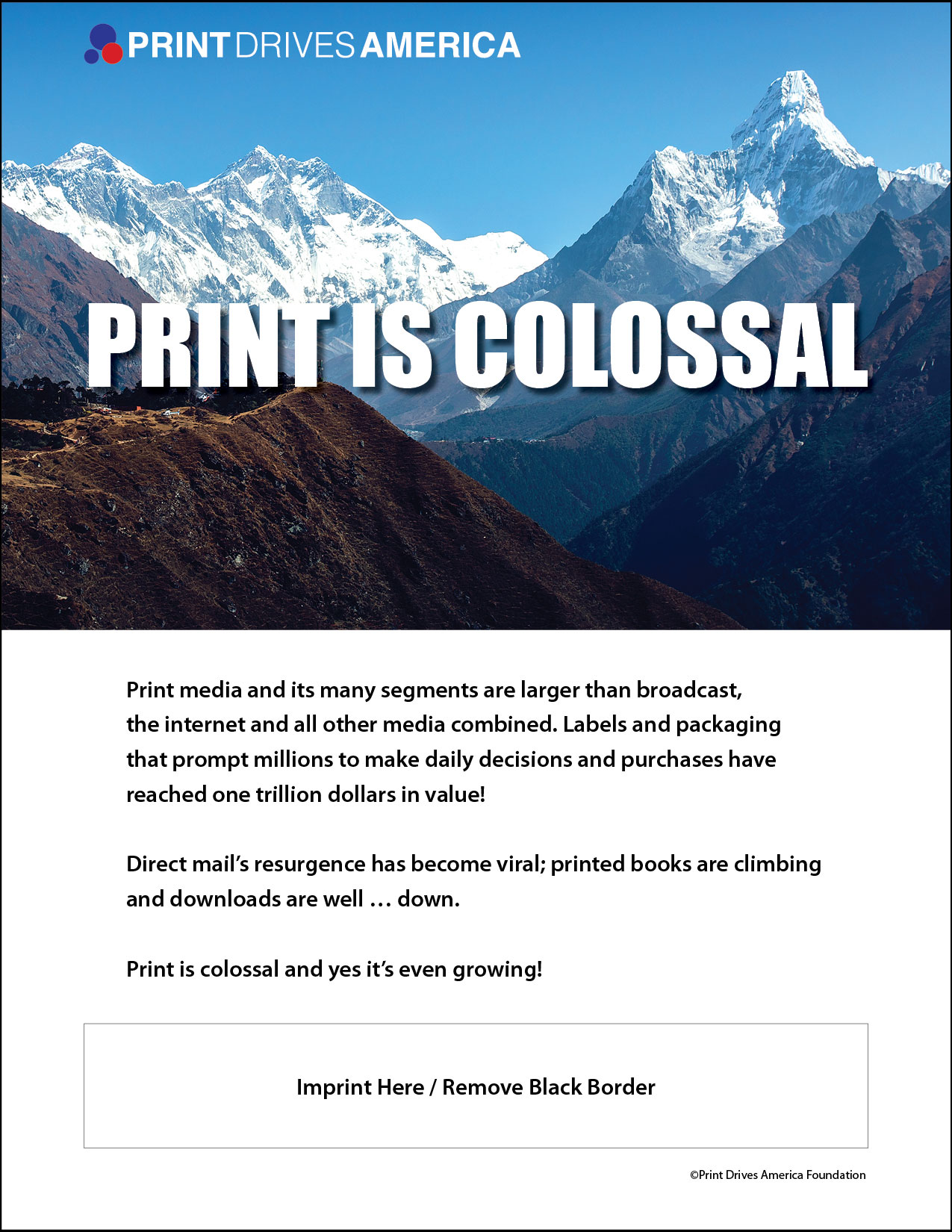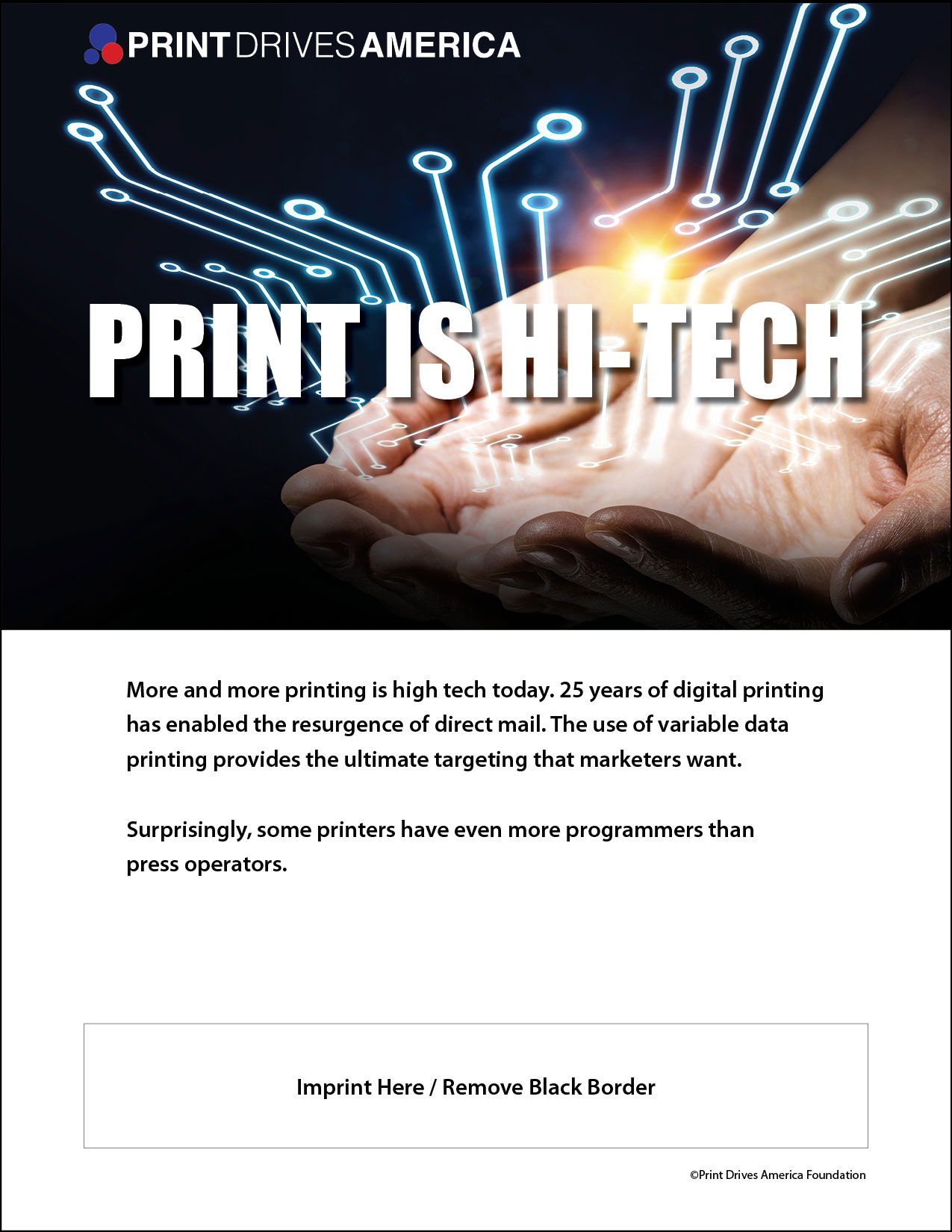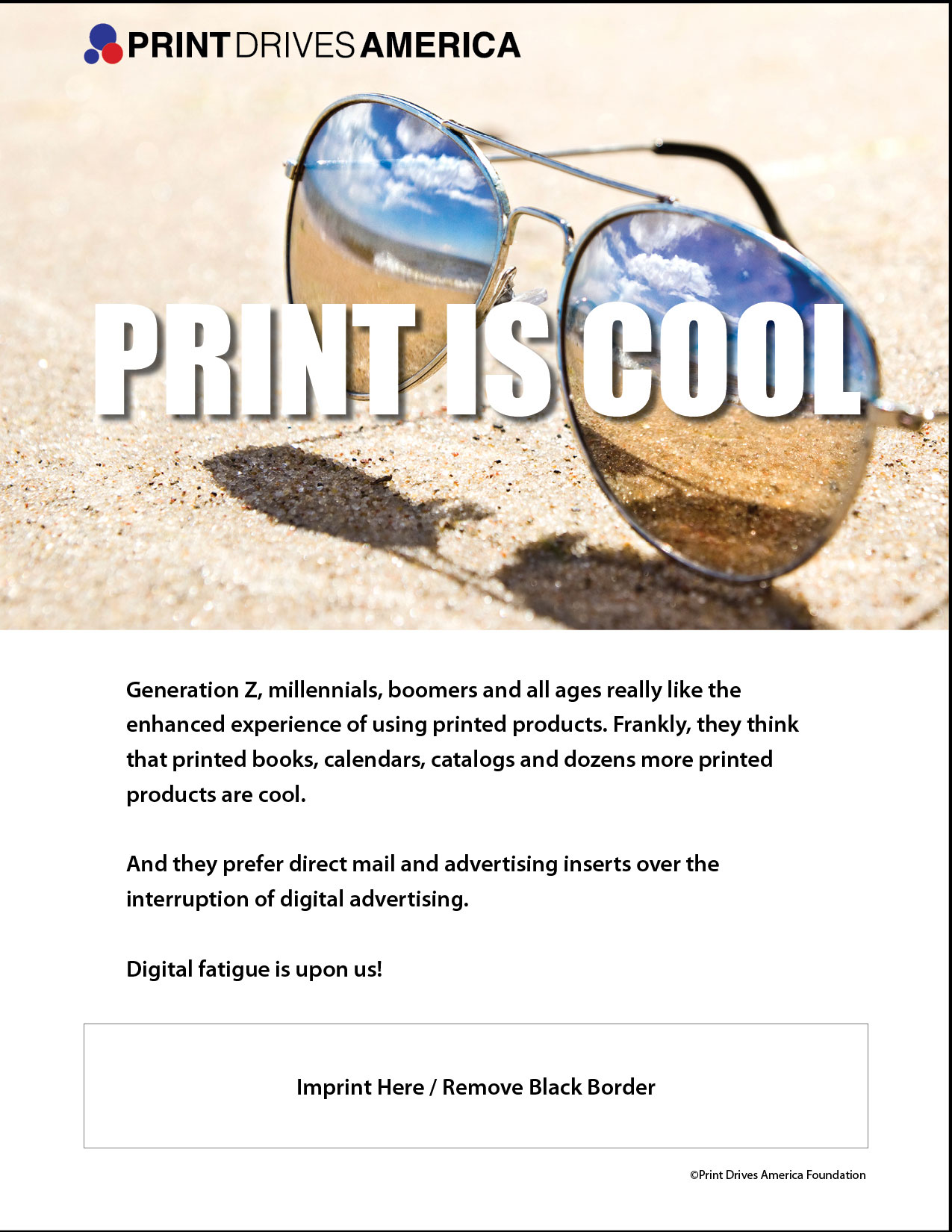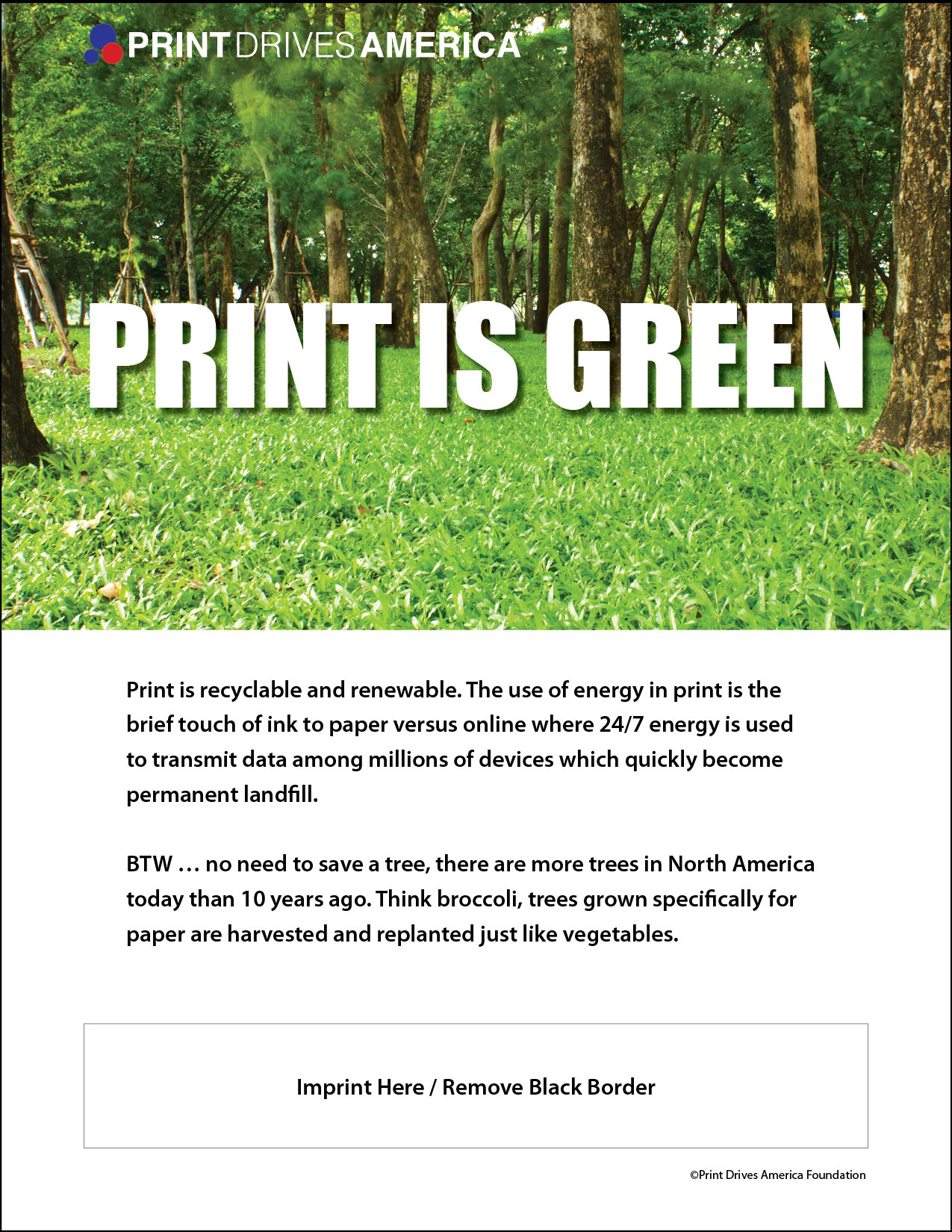Paycheck Protection Program (PPP) Loan Extended
- Listen to the recording for PIA’s Webinar on PPP Forgiveness here.
Potential borrowers that missed the initial June 30th deadline have another chance for a piece of the pie as the Paycheck Protection Program (PPP) Loan application process has been extended until August 8th. President Trump signed the “PPP Extension Act” on July 3rd, which consists of the same exact language that passed the Senate on June 30th, mere hours before the window to submit applications for the PPP was set to close.
More than 4.8 million small businesses have already applied for PPP loans designed and implemented to keep businesses afloat and keep paychecks in employees’ hands. The Program was set to wind down with nearly $130 billion still in its coffers and thousands of borrowers still confused or unable to find lenders who would cooperate to enable them to borrow. Many banks have now reopened for applications while others are preparing to accept new applications shortly.
Revised PPP Loan Forgiveness Rules
In addition, Congress passed the Paycheck Protection Program Flexibility Act on June 5th to make it easier for small businesses and other PPP borrowers to qualify for full loan forgiveness. Among the changes in the act are an expansion of the “covered period” for loan forgiveness to 24 weeks from eight weeks, a reduction of the proportion of proceeds that must be spent on payroll costs to 60% from 75%, and the establishment of a safe harbor for businesses that have been unable to return to the level of business activity they had before the COVID-19 pandemic due to compliance with health and safety guidelines for slowing the spread of the virus. Furthermore, the minimum term for PPP loans is raised to five years for all loans made on or after June 5. For loans made before June 5, the two-year minimum maturity remains in effect unless both the borrower and the lender agree to extend it to five years.
Finally, the U.S. Small Business Administration (SBA), in consultation with Treasury, released a revised loan forgiveness application for the PPP. The SBA also unveiled a new EZ application for forgiveness of PPP loans.
The applications reflect changes to the PPP made by the Paycheck Protection Flexibility Act of 2020, P.L. 116-142, which became law June 5. The applications and instructions are available in the links below:
Revised PPP Loan Forgiveness Application and instructions
EZ PPP Loan Forgiveness Application and instructions
The added EZ PPP Loan Forgiveness Application requires fewer calculations and less documentation than the full application. The EZ application can be used by borrowers that:
- Are self-employed and have no employees;
- Did not reduce the salaries or wages of their employees by more than 25% and did not reduce the number or hours of their employees; or
- Experienced reductions in business activity as a result of health directives related to COVID-19 and did not reduce the salaries or wages of their employees by more than 25%.
The revised PPP Loan Forgiveness Application and instructions include several notable items. Among them are:
- Health insurance costs for S corporation owners cannot be included when calculating payroll costs; however, retirement costs for S corporation owners are eligible costs.
- Safe harbors for excluding salary and hourly wage reductions and reductions in the number of employees (full-time equivalents) from loan forgiveness reductions can be applied as of the date the loan forgiveness application is submitted. Borrowers don’t have to wait until Dec. 31 to apply for forgiveness to use the safe harbors.
- Borrowers that received loans before June 5 can choose between using the original eight-week covered period or the new 24-week covered period.
The SBA issued rules for determining payroll costs and owner compensation in calculating PPP loan forgiveness under the new 24-week covered period.
The Paycheck Protection Flexibility Act tripled the duration during which PPP recipients could spend the funds and still qualify for loan forgiveness — a span of time called the covered period. The interim final rule adjusts and adds to previous guidance for calculating loan forgiveness under the original eight-week covered period.
The PPP allows loan forgiveness for payroll costs — including salary, wages, and tips — for up to $100,000 annualized per employee, or $15,385 per individual over the eight-week period. The new interim final rule establishes the 24-week maximum for full loan forgiveness at $46,154 per individual.
In summary, the key amendments to the PPP loan program as introduced in the original PPP Flexibility Act are:
- Deadline – Small businesses now have until August 8th to apply for PPP loans.
- Forgiveness Spending Window – The SBA has extended the period within which borrowers must use the loan money from eight weeks to 24 weeks from the date of disbursement.
- Payroll Requirement – The program now requires that at least 60% (vs. 75% previously) of the loan be spent on payroll costs, the remaining 40% can be spent on other eligible costs such as utilities and rents.
- Safe Harbor – The Act now provides expanded “safe harbor” conditions for businesses that are able to: 1) document that they were unable to hire or re-hire full-time equivalent (FTE) employees between Feb 15, 2020 and Dec. 31, 2020; or 2) were unable to resume normal business activities due to compliance with standards set by various federal agencies in response to COVID-19-related safety.
- Loan Period – The Flexibility Act increases the maturity period of loans granted after June 5, 2020, to five years vs two years previously.
Economic Injury Disaster Loan (EIDL) Program
In addition to the PPP Loan, the SBA’s Economic Injury Disaster Loan (EIDL) Program now includes assistance for small businesses affected by COVID-19, with low-interest loans and grants to provide support and to help businesses overcome related revenue losses.
The SBA’s Economic Injury Disaster Loan (EIDL) Program provides small businesses (500 employees or less) and nonprofits with low-interest loans of up to $2 million that can provide vital economic support to small businesses to help overcome the temporary loss of revenue they are experiencing due to COVID-19. EIDL interest rates are 3.75% for small businesses and 2.75% for not-for-profits.
As part of the COVID-19 relief effort, borrowers can also apply for an Emergency EIDL Grant from the SBA to request an advance on the loan of up to $10,000. SBA will determine the amount of grant based on the information provided by the borrower. SBA must distribute the Emergency EIDL within three days of the request. The advance will be considered an Emergency EIDL grant. The borrower will not be required to pay back the Emergency EIDL Grant even if they are subsequently denied for an EIDL loan.
In advance of disbursing the advance payment, the SBA will require that the borrower file a certification, under penalty of perjury, that they are eligible to apply for an EIDL loan.
The Emergency EIDL Grants will end on December 30, 2020. Click here to apply.
So, hurry! Funding for these loans remains available for businesses who have not yet taken advantage of the various programs; however, the application deadline of August 8th for the PPP Loan is quickly approaching. Marino Advisory Group has the tools and resources available to assist you with either your loan application and/or forgiveness maximization.
To learn more, sign up for PIA’s “Ever Changing PPP Loan Webinar” on Wednesday, July 22nd at 10:00am. Register online or download event brochure.
Resources
The AICPA’s SBA Paycheck Protection Program Resources page houses resources and tools produced by the AICPA to help address the economic impact of the coronavirus.
PPP Loan Forgiveness Applications Can Now Be Submitted As Soon As Monies Are Spent – June 24, 2020
Harry Marino, President
Marino Advisory Group
hmarino@marinoadvisorygroup.com
www.marinoadvisorygroup.com




